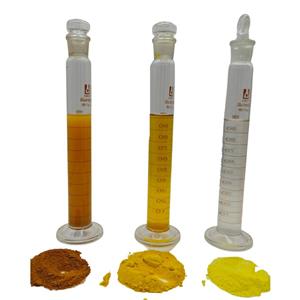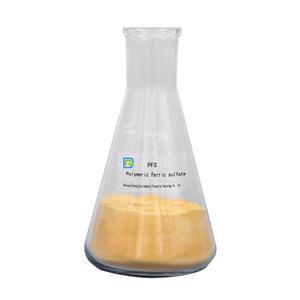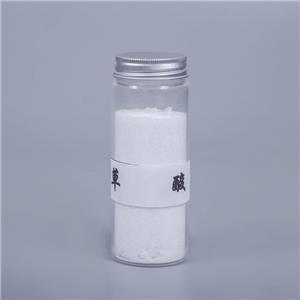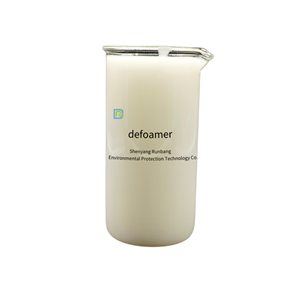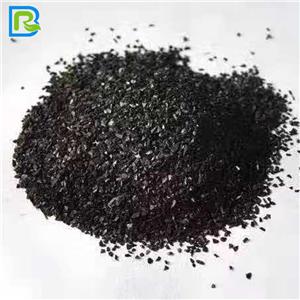-
activated carbon
Activated carbon is a specially treated carbon in which organic raw materials (fruit shells, coal, wood, etc.) are heated under isolated air conditions to reduce the non-carbon components (a process called carbonization) and then react with gases to erode the surface and produce a microporous developed structure (a process called activation). Since the activation process is a microscopic process, i.e., the surface erosion of a large number of molecular carbons is a punctiform erosion, resulting in an activated carbon surface with numerous tiny pores. Most of the micro-pores on the surface of activated carbon are between 2 and 50 nm in diameter. Even a small amount of activated carbon has a huge surface area of 500~1500 m2 per gram of activated carbon, and almost all applications of activated carbon are based on this feature of activated carbon.
Send Email Details

